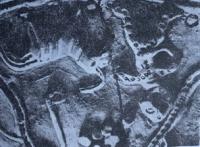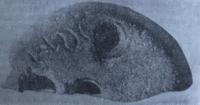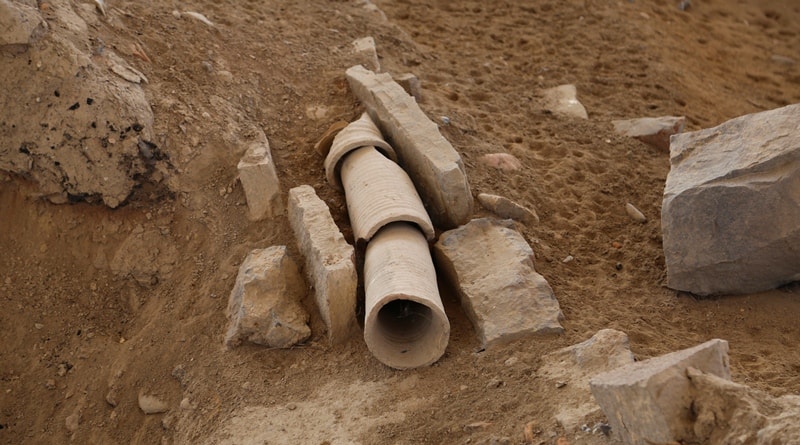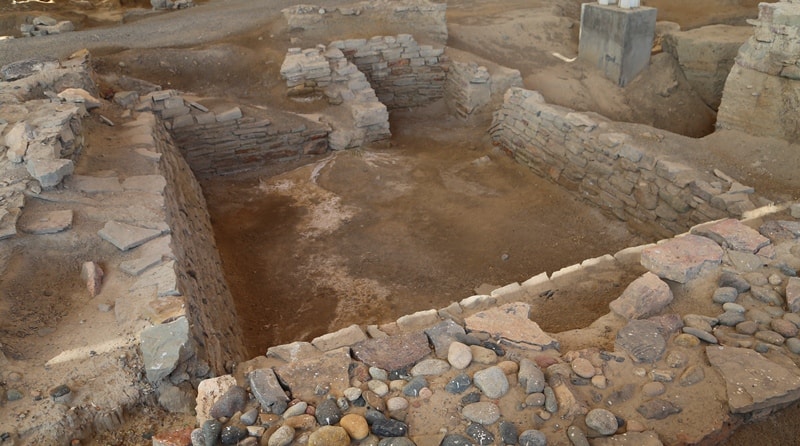You are here
Shakhristan excavations in Taraz.


Archaeological excavations in Taraz.
“Taraz is a glorious, fortified city with many gardens, densely built up; has a moat and four gates; there is a crowded suburb near it; a big river flows at the gates of the city; part of the city is on the other side of the river; a road passes through the river; the cathedral mosque is located among the bazaars"
The famous Arab geographer and traveler Makdisi or Mukaddasi. 988. "Ahsanuttakasim Phi Marifatul Akaldim" ("The best division of climatic zones").
Excursions to Shakhristan complex in Taraz.
At present, the remains of Taraz are completely built up, and only according to the information of the beginning of the 30s. XIX century, you can imagine how his settlement looked like. The northern wall of the shakhristan can be traced at a distance of 370 meters, the western one - 160 meters.
In the south, the remains of the settlement are visible for 200 meters. A citadel adjoined the northern wall of the shakhristan. It is a rectangular hillock with a side length of 175 meters in the north, 117 meters in the west, 115 meters in the east, and 125 meters in the south.
The remains of the rabad can be traced to the west and east of the shahristan, but their size cannot be determined at the present time. The central ruins are adjoined by an area surrounded by long walls. It once housed a large number of separate mounds - the remains of estates and castles of the VIIth - XIIth centuries.
So, on one of the schemes drawn up at the end of the XIXth century, 48 mounds were drawn on the total territory of the settlement. Stratigraphic pits laid on the shakhristan and citadels made it possible to establish the main stages of the city's life.
A layer 0.5 meters thick, dating back to the first centuries of our era, was found in excavations at the citadel and in the southwestern part of the shakhristan. It consisted of ash layers, fragments of adobe bricks. The ceramics collected in the layer is represented by fragments of hums.
Layer IV - VI centuries, in the pit of the citadel is 1.5 meters thick. Remains of rooms made of rectangular mud bricks with dimensions of 50 x 29.5 x 9.5 cm were opened in it. The walls of the building have been preserved to a height of 1 m, their thickness is 1 - 1.5 meters.
A complex of peculiar ceramics is assembled in the layer: thin-walled bowls, covered with white or pink ango from the outside, jugs with a spout, hums, braziers. Of interest are the layers of the VIth - VIIIth centuries, found in all stratigraphic excavations, 1.5 - 2.5 meters thick.
In the pit on the citadel, this layer includes two exposed rooms and a corridor. They are built of adobe bricks with dimensions (26 - 28) x (50 - 60) x 8 cm. The ceramics from the layer is distinguished by a variety of types, the originality of the decor.
Pear-shaped jugs and red-glazed mugs, similar in shape to metal vessels, with lids decorated with carved ornaments, as well as a mold for casting the head of a clay figurine, a vessel with a Syrian inscription were found.
Layer VIII - X centuries, testifies to the intensive life of the city during this period. It is well dated by finds of Turgesh coins of the VIIth - VIIIth centuries. Judging by the remains of rooms with floors of baked bricks measuring 22 x 22 x 5 cm, as well as cobblestone pavements, significant changes took place in construction equipment at that time.
The found ceramics belong to the non-irrigated and glazed ones, in the glazed ones are dominated by red-glazed mugs and jugs with carved ornaments; the covers are decorated with carvings. Glazed utensils, painted with floral motifs, covered with transparent white and brown glaze.
The layer of the XI-XII centuries is dated by coins. Items made of metal were found: fragments of iron knives, pieces of bronze items, beads made of glass and colored stones, glass vessels. The most common finds are small irrigation utensils, bowls, dishes; lamps were also found.
The watering is transparent and white. The painting is done with brown, green and red paints, sometimes in combination with engraving. Floral, geometric, epigraphic ornament. Non-pouring ceramics are represented by narrow-necked jugs, mugs, bowls, hums.
Splits in various parts of the settlement revealed building complexes and buildings from different periods of the life of Taraz.


Authority and black and white:
K.M. Baypakov. "Medieval settlements on the Great Silk Road". Almaty, "Gylym". 1998.
Colors photos by
Alexander Petrov.







